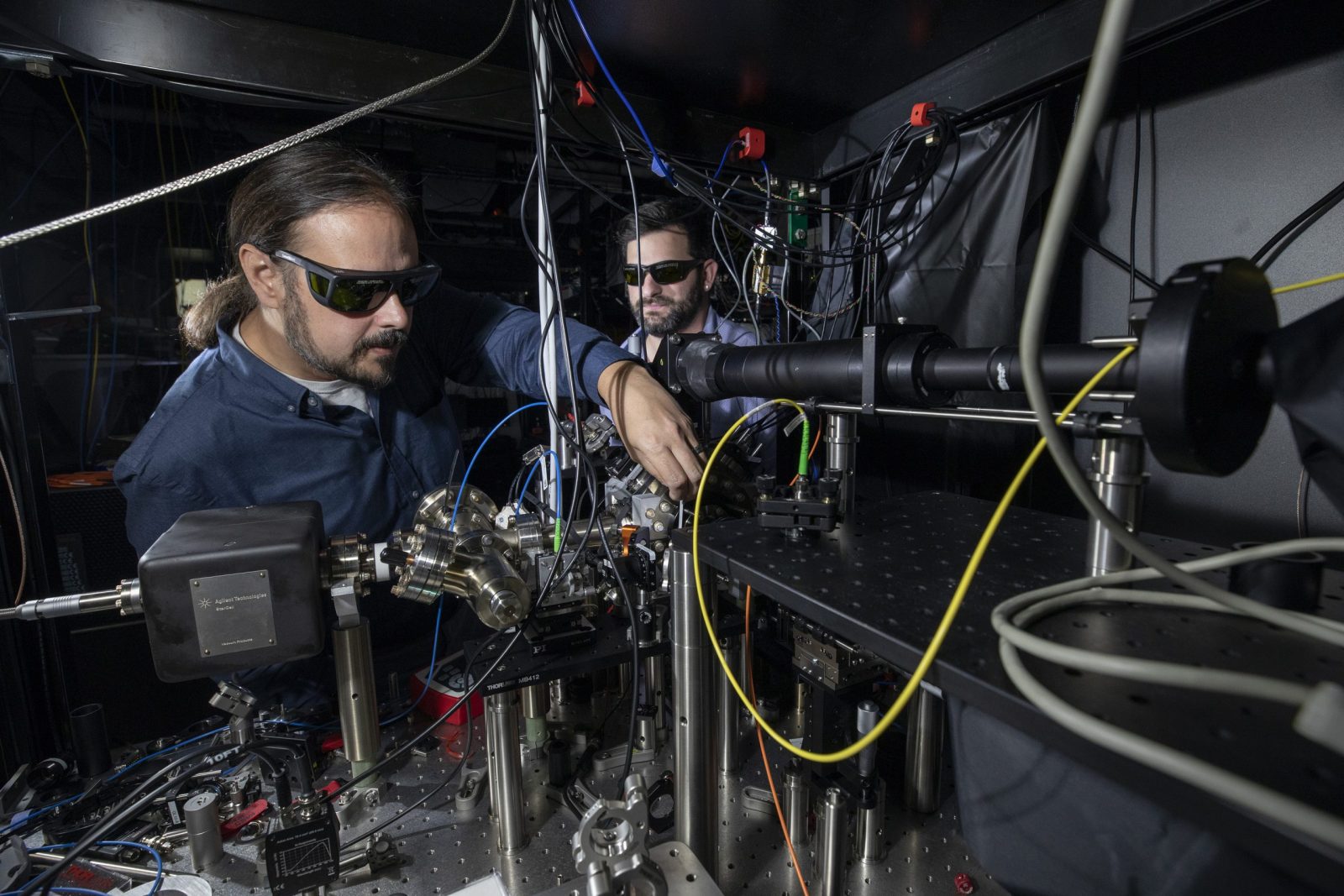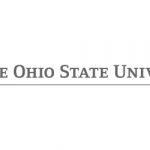Georgia Tech, partners funded for Phase 2 of DARPA optimization project

The Georgia Tech Research Institute (GTRI) and its research partners were awarded second-phase funding from the US Defense Advanced Research Projects Agency (DARPA) on a $9.2 million project aimed at demonstrating a hybrid classical-quantum to tackle optimization problems.
Specifically, the GTRI-led team, which also includes researchers from Georgia Tech’s School of Industrial and Systems Engineering, the National Institute of Standards and Technology (NIST), and Oak Ridge National Laboratory, will use the Quantum Approximate Optimization Algorithm (QAOA) to tackle a difficult optimization challenge known as Max-Cut, and related optimization problems, according to GTRI.
Over the next two years, the team plans to use several hundred quantum bits (qubits) made of trapped ions to put the unique capabilities of quantum computing systems to work on these challenges, GTRI said, adding that the researchers already demonstrated during the first 18-month phase of the project key elements of the system using a 10-qubit ion chain.
“The implications of a quantum solution to this optimization challenge could be dramatic,” said Creston Herold, a GTRI senior research scientist who is principal investigator for the program, which is known as Optimization with Trapped Ion Qubits (OPTIQ). “Previously intractable problems could be solvable, and computation time could be reduced from days to hours or minutes. That could allow optimization to be applied to many more tasks, improving operational efficiency, and saving time, money, and energy.”
Herold added, “One of the goals is to run this optimization algorithm with more qubits than has ever been demonstrated before. On the way, we are also going to show control in a two-dimensional ion crystal in a Penning trap that has not been demonstrated before. That may lead to applications similar to QAOA, in which we can also add more degrees of freedom to analog simulations of quantum systems with trapped ions.”
The GTRI website has more details on the project and the challenges the team is working on.
(Photo info: GTRI researcher Brian Sawyer, left, adjusts the cooling beam while researcher Brian McMahon looks on. Credit: Sean McNeil, GTRI)
Dan has covered telecommunications and related topics including semiconductors, sensors, retail systems, digital payments and quantum computing/technology for over 25 years.



















